By Yang Chengchen from CNS
In late 2020, Federal Register, the official daily newspaper of the U.S. federal government, published information that then-Secretary of State Mike Pompeo reversed his previous decision to designate the “East Turkestan Islamic Movement” (ETIM) as a terrorist organization in late October.
The U.S. was positive about the nature of ETIM, and reached a consensus with China after “9.11” incident in 2001 when its own country was severely hit by terrorism. In September of the following year, the U.S. added ETIM to the list of “Specially Designated Global Terrorists” (SDGTs), and two years later the U.S. Department of State added it to the “Terrorist Exclusion List” to prevent its members from entering the country.
However, with the passage of time, it is necessary for the world to retrace the origin of the so-called “East Turkestan” and the history of ETIM to clearly understand their terrorist attributes.
The so-called “East Turkestan” is not a geographical name of China
The white paper “Several Historical Issues in Xinjiang” published by China in 2019 pointed out that historically China has never referred to Xinjiang as the so-called “East Turkestan”, let alone “East Turkestan State”. From the 18th century to the first half of the 19th century, with the division of the languages of the Turkic group of the Altaic language family in the West, the term “Turkestan” was frequently used by scholars and writers in some countries to refer to the area from the south of the Tianshan Mountains to the north of Afghanistan, roughly covering the southern part of Xinjiang to Central Asia. And it was customary to divide this geographical area into “West Turkestan” and the so-called “East Turkestan”, using the Pamir Plateau as a boundary.
In his book, Wang Ke, a professor at the Graduate School of International Cultural Studies at Kobe University in Japan, mentioned that there was evidence that until the early 1920s, the Uighur population did not refer to the region as “East Turkestan”. In the 1930s, the term began to appear in some historical sources, which, according to Wang Ke, was related to the establishment of the so-called “East Turkestan State” at that time.
In an interview with China News Service, Wu Zhe, an associate researcher at the Institute of Modern History of Academia Sinica in Taiwan, said that the terms “Turkestan”, “East Turkestan” and “West Turkistan” had never been used by Xinjiang itself as geographical names.
China’s official white paper also pointed out that after the “Pan-Turkism” and “Pan-Islamic” ideological trends were introduced into Xinjiang in the late 19th century and early 20th century, the separatist forces inside and outside the country politicized this geographical term, expanded its connotation, and encouraged all ethnic groups using Turkic languages and the peoples who believe in Islam united to form the “East Turkestan State” with the unity of politics and religion. The so-called “East Turkistan” rhetoric has become a political tool and action plan for domestic and foreign ethnic separatist forces and foreign anti-China forces to attempt to split and dismember China.
The “East Turkestan Independence Movement” took place in 1933. Wu called it the politicization of the concept of so-called “East Turkestan”. He pointed out that after the “East Turkestan Independence Movement”, the place name “East Turkestan” penetrated into the Uighur language. The essence of the “East Turkestan Independence Movement” is to divide China, as can be seen from the slogans with a strong sense of “independence”.
Wu emphasized that the Uighurs in Xinjiang have their own ethnic traditions, which are not the same as the so-called “fundamentalism”. ETIM has resorted to radical nationalism and separatism from the very beginning of its activities, and Islamic Fundamentalist advocates politicization that is not found in the Chinese Islamic faith.
In an interview, Li Sheng, former director of the Institute of Chinese Borderland Studies at the Chinese Academy of Social Sciences, pointed out that for a long time, the existence of “Pan-Islamism” and “Pan-Turkism” and the distortion of Uyghur history have led to a result: “the ideology inside the minds of some people is not easy to be cleaned up”. A review of history shows that the so-called “East Turkestan” terrorism did not develop after the establishment of New China in 1949, “but is a historical legacy, a legacy of the old China”.
The Formation and Development of ETIM
ETIM was first founded in the 1940s by a group of so-called Uyghur religious and intellectual figures, and in the 1950s a series of armed operations were thwarted and its leaders arrested. In 1979, one of the leaders of ETIM was released from prison and conducted a series of secret “underground sermons” in the Yecheng region of Xinjiang. Among the students who participated in the “sermons” was Hasan Mahsum from Yecheng County, Kashgar, who later became a supposedly important leader of ETIM.
Zheng Liang, a professor at the School of Journalism and Communication of Jinan University, told reporters that in 1990, ETIM launched an armed riot in Baren Township, Aktau County, Kizilsu Kirgiz Autonomous Prefecture, Xinjiang. After the riot subsided, Hasan Mahsum was arrested and sentenced, then he left Xinjiang after his release from prison in 1997. Two years later he joined others to reorganize ETIM. From then on, ETIM’s ideology no longer emphasized the establishment of a “base” in Xinjiang, but laid more stress on uniting with non-Uighur forces outside of China.
In 2003, Hasan Mahsum was killed by a joint operation of Pakistan and the US military in an “Al Qaeda” stronghold, and Abdul Haq took over to lead ETIM. In 2010, Abdul Haq temporarily stepped down from leadership after he was injured by a U.S. drone airstrike, and Abdul Shakur took over. Abdul Shakur was also killed in a U.S. drone strike in 2012, and Abdullah Mansour took over. In 2002, shortly after the United States added ETIM to the list of global terrorist organizations, the United Nations also added it to its list of terrorist organizations. In 2014, on the eve of his trip to Beijing to attend the APEC leaders’ meeting, then-US President Barack Obama expressed his condolences to the victims of the terrorist attacks in Kunming and Urumqi earlier and said that terrorist organizations like ETIM should not have a foothold in runaway areas around China.
Around 2000, ETIM began operating under the name of the “Turkestan Islamic Party” (TIP). In fact, TIP and the ETIM are the same organization.
In 2015, a Hong Kong media outlet conducted a rare interview with one of the so-called leaders of the ETIM, Abdukader Yafuquan. In the interview, Yafuquan confirmed the reason for the name change. According to Zheng Liang, the main goal of ETIM before 2000 was to split Xinjiang, and after the name change, it not only attempted to split China, but also evolved the content of the so-called “jihad” on this basis.
Zheng Liang emphasized that ETIM/TIP directly removed the word “republic”, which more fully explained the religious extremist nature of its ideology. In terms of funding sources, Raman, a former senior Indian security official, believed that it is funded by the Middle East and China’s neighbors.
The consensus on the international sanctions lists is enough to define ETIM
Made by China Global Television Network, the English-language documentary “The Black Hand -- ETIM and Terrorism in Xinjiang” aroused heated discussions in 2019. Shu Hongshui, dean of Anti-Terrorism Law School of Northwest University of Political Science and Law (National Security College), told China News Service reporters that ETIM intends to divide China through terrorist means. There is an inherited relationship between the ETIM and the “East Turkestan Independence Movement” in terms of “separatist” goals, “religious” banners, foreign support, violent methods, organization, and membership.
Shu Hongshui said that before 2008, ETIM attacked mainly in Xinjiang, and created a series of violent terrorist cases, such as the explosion and arson of the Urumqi railway station warehouse, the explosion in Hotan City, Xinjiang, and the shooting and killing of civilian police in Xinhe County, Xinjiang. After 2008, ETIM expanded the scope of its attacks to many provinces in China, with escalating violence and increasing harm.
At present, ETIM is considering Southeast Asia as the first choice for attacking China’s overseas interests, and Southeast Asia is being reduced from the so-called “East Turkistan” transit channel to a battlefield of violence and terrorism. Shu Hongshui said that the organization of smuggling activities in China’s southwest border areas and Southeast Asian countries is mainly manipulated by overseas ETIM organizations behind the scenes, vigorously spreading religious extremism, instigating and inciting people to go out of the country to participate in “jihad” to supplement their strength. In 2015, the members of ETIM shot and killed Vietnamese military police after smuggling in Vietnam and Thailand, as well as the bombing of the Erawan Shrine in Bangkok.
As the main force of the so-called “jihad” in the world, the terrorist activities and atrocities of ETIM in recent years have already aroused great concern in the international community. The sanctions lists of terrorist organizations set up by the European Union, Kyrgyzstan, Kazakhstan, Malaysia, Pakistan, Russia, Turkey, the United Arab Emirates, and the United Kingdom have identified ETIM as a terrorist organization. Shu Hongshui believes that the numerous misdeeds and the international consensus are sufficient to define the nature of ETIM as a terrorist organization.
“In fact, the United States has withdrawn ETIM from the list of terrorist organizations more than once.” Shu said that the U.S. unilaterally denied the terrorist nature of ETIM and publicly whitewashed it, which is typical of “one thing on the surface and another behind the scenes” on the issue of counter-terrorism. "
He stressed that the various actions of the United States fully expose its hypocritical nature of adopting “double standards” on the issue of counter-terrorism and its ugly face of “use it if it fits, but discard it if it doesn’t”. The U.S. has turned the identification of terrorist organizations and counter-terrorism cooperation into a tool to contain other countries, and used ETIM to stir up the national security situation in Xinjiang and even in China, with the sinister intention of “using terrorism to contain China” clearly revealed.








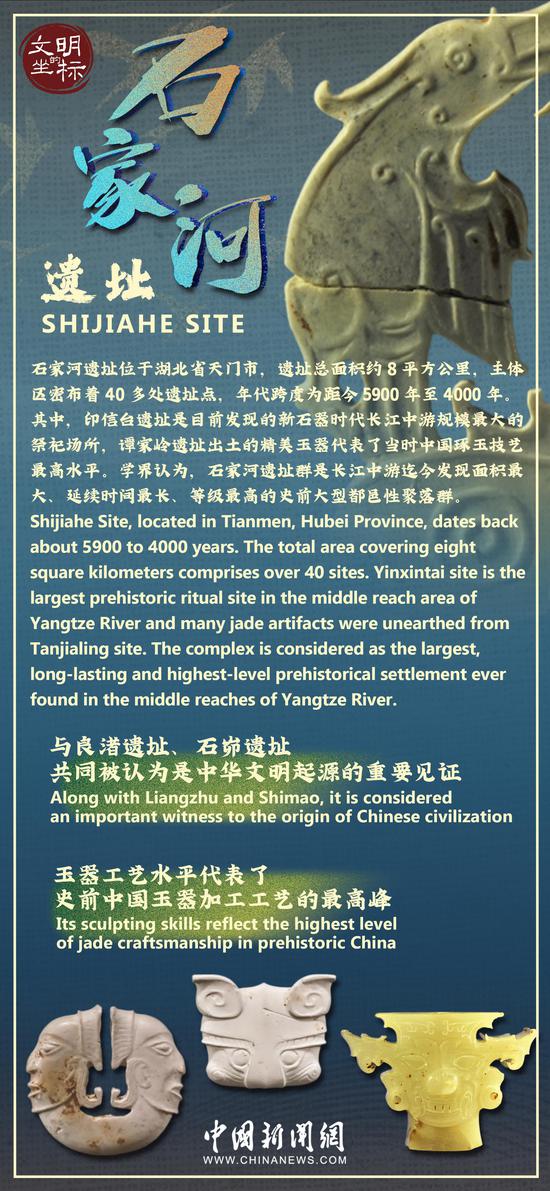



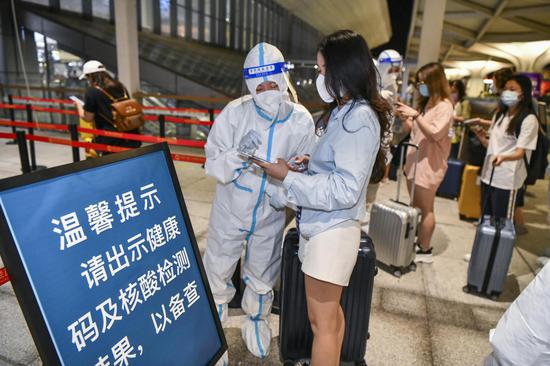
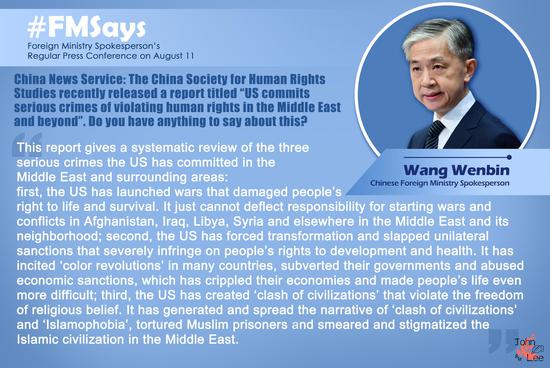


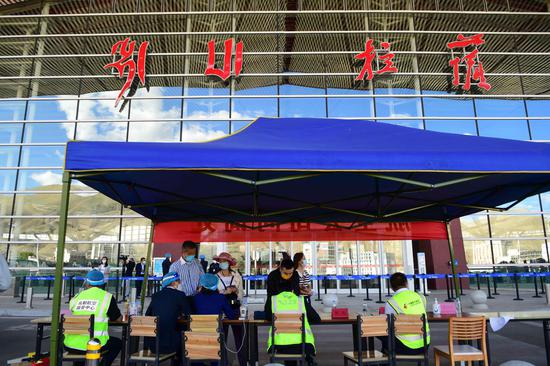

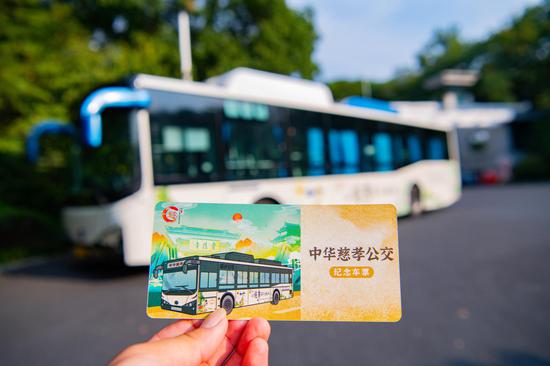
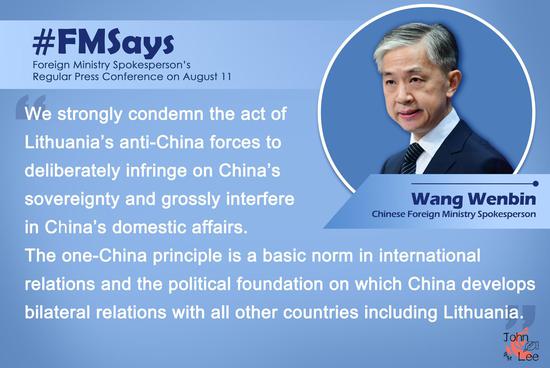

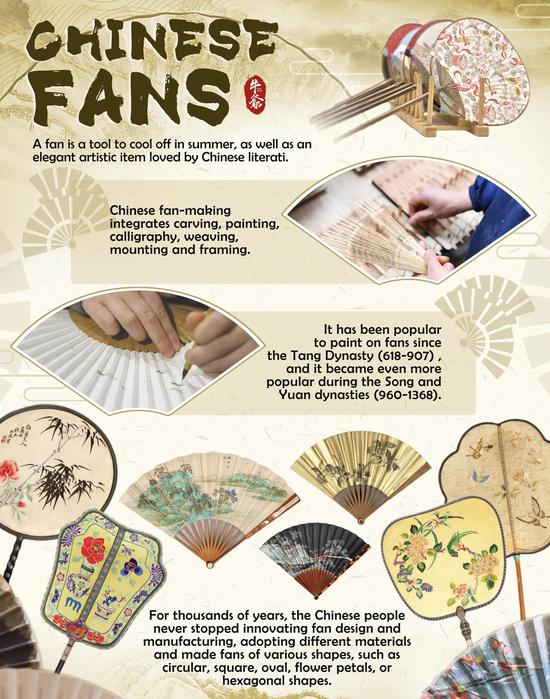
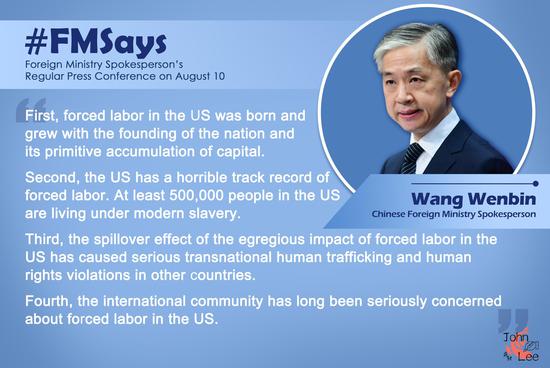
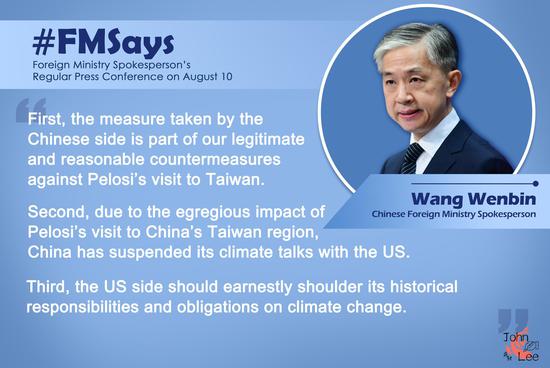
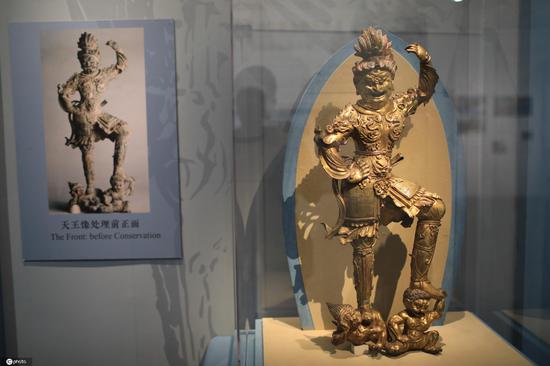


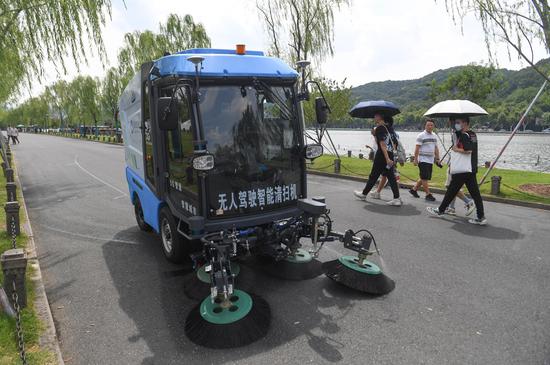
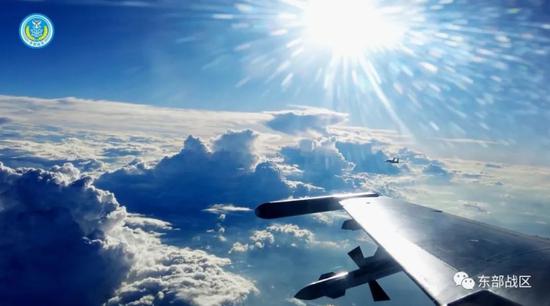
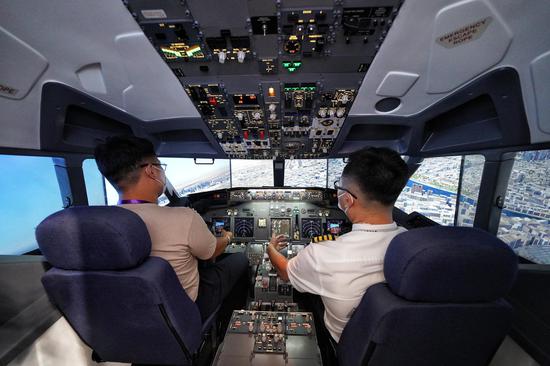


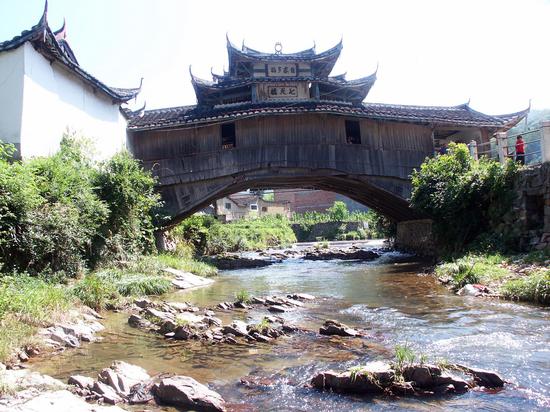
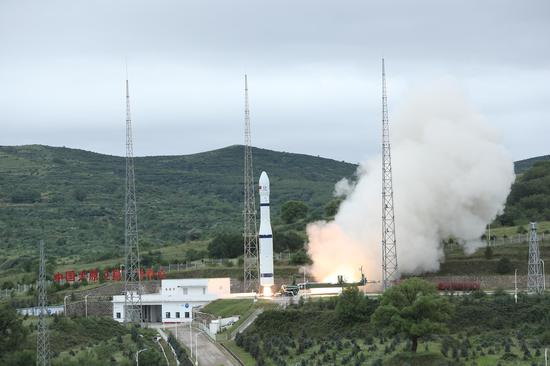
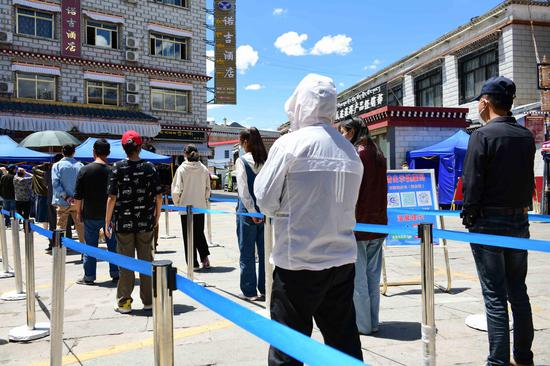


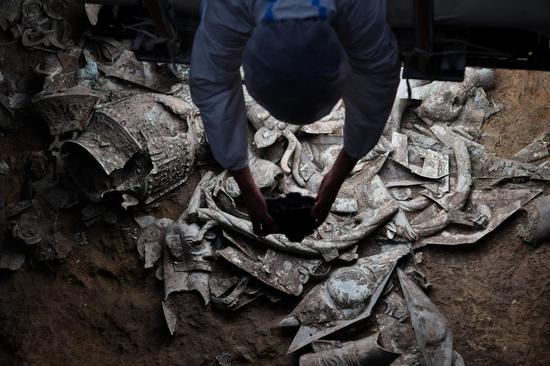
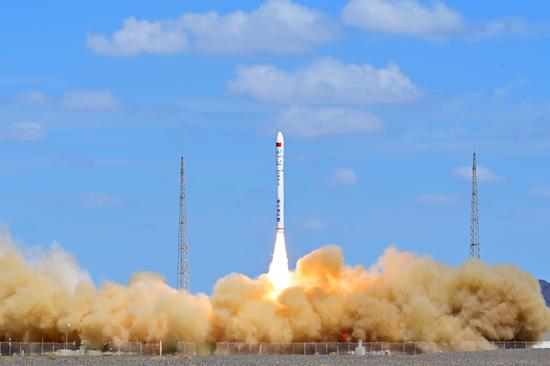
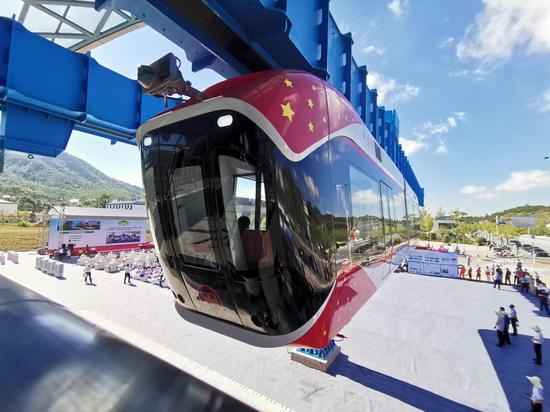
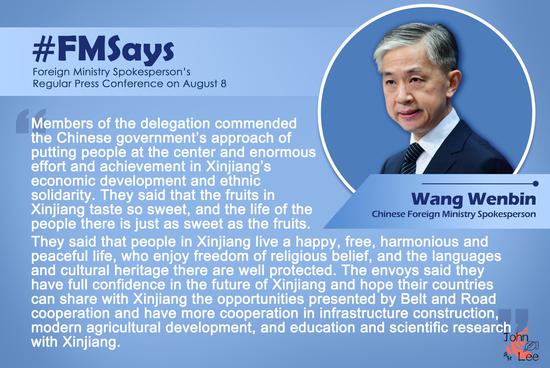

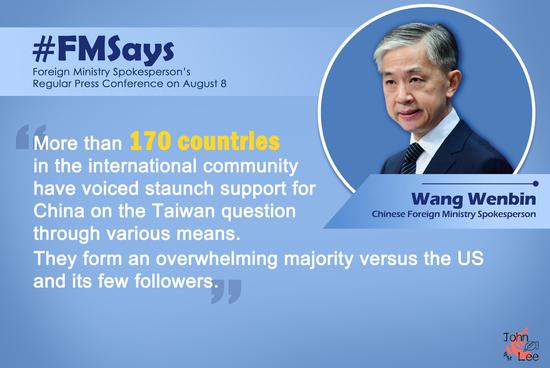
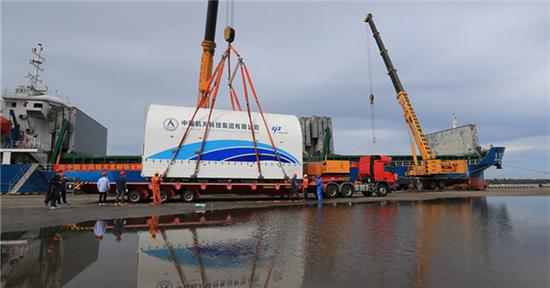




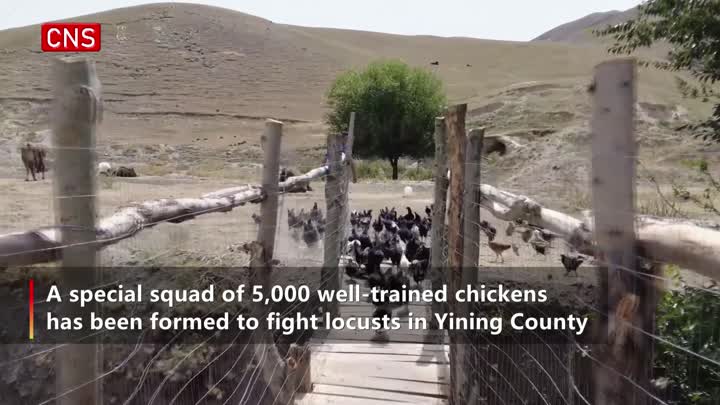

 京公网安备 11010202009201号
京公网安备 11010202009201号